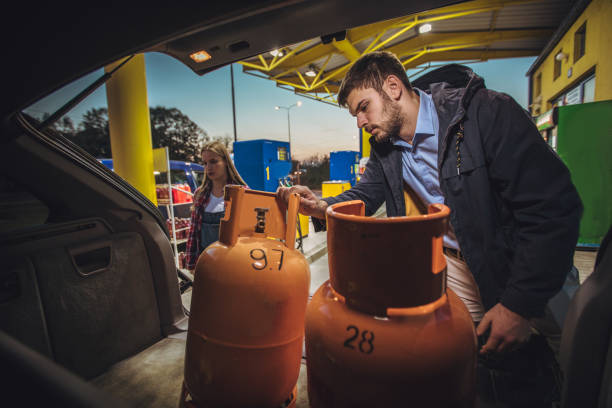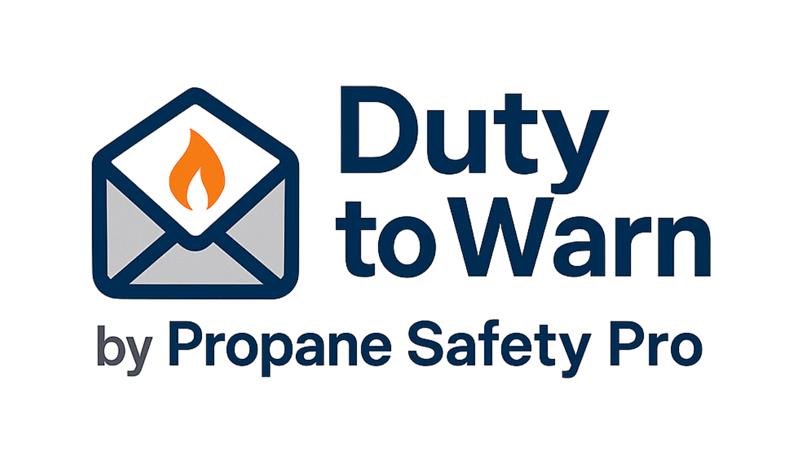DataHorizzon Research Report Reveals Strong Growth Trajectory for the Propane Market

Fort Collins, Colorado – DataHorizzon Research, a leading provider of market intelligence, has recently published an insightful report titled, “Propane Market Size, Growth, Share, Statistics Report, By Form (Liquid and Gas), By End-use (Industrial, Commercial, Residential, Transportation, Agriculture, Chemicals, and Refineries), By Region, and Segment Forecasts, 2023-2032.”
According to DataHorizzon Research, the global propane market exhibited remarkable growth, with a valuation of 93.4 billion dollars in 2022. Projections indicate that this growth trend will continue, culminating in a market size of 144.1 billion dollars by 2032, driven by a robust Compound Annual Growth Rate (CAGR) of 4.5%.
This comprehensive report not only provides in-depth analysis but also offers valuable insights into the current and future trends within the propane industry. Here are some key highlights and observations:
Residential Sector Fueling Demand: One of the prominent factors contributing to the propane market’s growth is the escalating demand in the residential sector. Homeowners increasingly turn to propane for various appliances, including furnaces, water heaters, air conditioners, and fireplaces. Its efficiency, convenience, and cleanliness make propane a preferred choice.
Automotive Industry Adoption: Propane’s popularity as a sustainable fuel option is rising within the automotive industry. With a focus on reducing carbon emissions, many automotive fleets, including buses, taxis, and forklifts, are embracing propane as a clean and efficient fuel alternative. Government incentives and environmental regulations are further bolstering this trend.
Construction Industry Surge: The construction industry in developed and developing regions is experiencing substantial growth. This expansion is driving propane demand, especially in heating and power generation applications. Notably, propane is often produced as a by-product during natural gas processing and crude oil refining, making it an accessible and environmentally friendly energy source.
Industrial Significance: Propane is pivotal in various industrial processes, including manufacturing, metalworking, and agriculture. Its demand is closely linked to industrial production levels, agricultural activities, and technological advancements. Furthermore, the transportation sector is increasingly adopting propane, driven by government incentives, environmental regulations, and the establishment of propane refueling infrastructure.
Advancements Driving Demand: Technological innovations significantly influence the propane market, impacting production, storage, and utilization. Developing novel propane applications that enhance efficiency, safety, and cost-effectiveness drives demand across diverse sectors.
Economic Factors at Play: Economic variables such as GDP growth, industrial production, construction activities, and consumer spending exert a substantial influence on propane demand. Economic downturns or expansions have discernible effects on energy consumption patterns and propane demand dynamics.
Environmental Sustainability: Propane, a member of the alkane family, is a clean-burning hydrocarbon gas. Adding a pungent odor to facilitate leak detection enhances its colorless and odorless natural state. Derived from natural gas processing and petroleum refining, propane is recognized as an environmentally sustainable energy source. Heightened concerns regarding carbon emissions and air quality propel increased interest in propane as a cleaner, safer, and more eco-friendly fuel.
Segmentation Overview:
The propane market’s segmentation includes two key aspects:
1. Form: The gas segment of the propane market is poised for significant growth, attributed to its widespread use in residential and commercial heating, cooking, and industrial applications, such as metal cutting, soldering, brazing, and drying.
2. End-Use: The residential sector is the most significant contributor to propane revenue, primarily used for heating homes and cooking. Propane is employed in various heating systems, including furnaces, boilers, space heaters, and water heaters. Its efficiency and clean-burning properties make it a preferred cooking fuel. North America dominates the propane market, with the United States and Canada as primary consumers and producers.
Industry Trends and Insights:
Recent collaborations and initiatives in the propane industry include:
• GAIL India and LanzaTech Global: This collaboration focuses on a CO2 capture and conversion project aimed at helping GAIL achieve its Net Zero 2040 targets. Using LanzaTech’s carbon capture technology and GAIL’s renewable gas streams, consumer goods will be created from recycled materials, reducing reliance on fossil fuels.
• Cummins, Inc. and Chevron USA, Inc.: These companies work together to promote lower-carbon fuels such as hydrogen and renewable natural gas. The initiative may also encompass other liquid renewable energies, such as renewable gasoline blends, biodiesel, and diesel, to encourage commercial and industrial adoption in North America.
Propane Market Report Highlights:
The propane market is poised for significant growth, with a projected market size of 144.1 billion dollars and a CAGR of 4.5% by 2032. Propane’s versatility, efficiency, and clean-burning properties drive its demand across various residential, automotive, and construction sectors. It is obtained through natural gas processing and petroleum refining, positioning it as a cleaner and more sustainable energy source. As concerns about carbon emissions and air quality continue to grow, propane is increasingly recognized as a cleaner and more environmentally friendly fuel.














